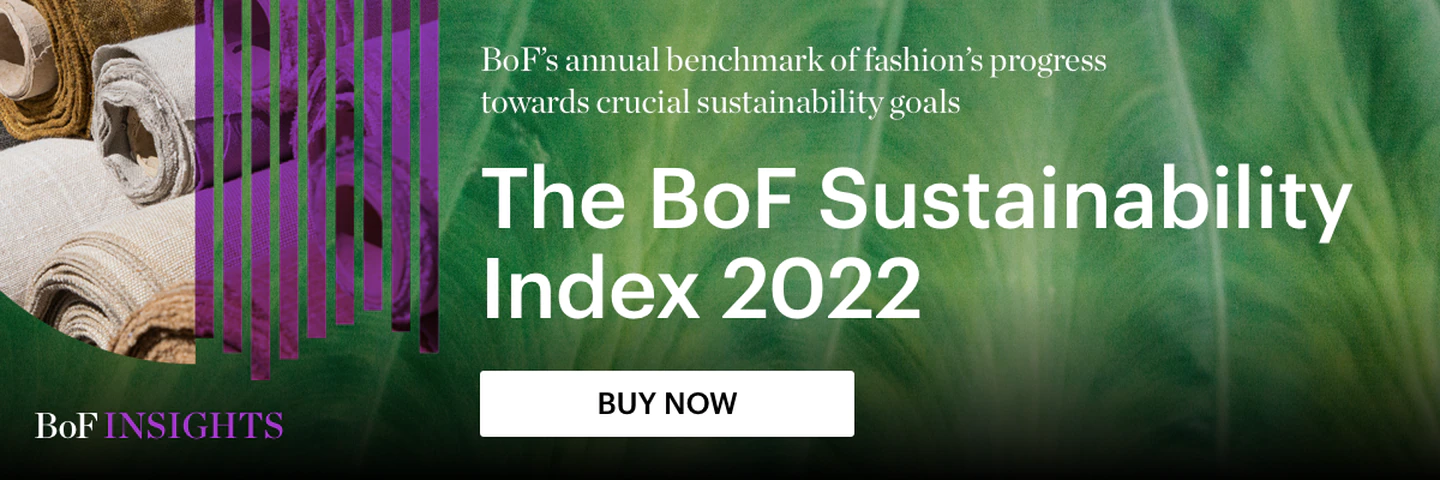
COPENHAGEN — Fashion’s big commitments to curb the industry’s environmental impact come with a hefty price tag. And while many major brands have promised consumers they will slash their greenhouse gas emissions, financing these ambitions remains a challenge.
There are technological hurdles: Innovative new solutions are still needed to address some of the fashion’s gnarliest environmental challenges. But a lot of it is structural: The bulk of fashion’s environmental impact takes place in the supply chain, however the industry’s fast-paced, low-cost and fragmented sourcing approach means securing financing for multi-year infrastructure projects or new innovations is often difficult, expensive and lacking in scale.
A new $250 million fund aims to tackle that challenge by using corporate and philanthropic donations to de-risk and scale solutions to decarbonise the industry. The goal is to thereby unlock billions of dollars in more conventional finance.
Nonprofit Apparel Impact Institute (Aii) is set to announce the initiative Wednesday at the Global Fashion Summit here in Copenhagen, with initial donations from H&M Group, Lululemon, H&M Foundation and the Schmidt Foundation.
“We need experimental, catalytic money in this industry to go faster,” said Aii president Lewis Perkins. “I need the kind of money that doesn’t need a [return on investment].” Instead, the fund will measure success by “return on impact,” he said.
It’s a blended finance strategy on a scale that is new to the fashion world. The idea is that Aii’s funds can be used to identify, scale and prove the impact of emerging solutions, absorbing the risk of early-stage investment and bundling fragmented opportunities together, thereby attracting more traditional forms of investment and financing. The goal is to ultimately unlock $2 billion to decarbonise the industry over the next eight years and help meet ambitions to halve fashion’s emissions by 2030.
The philanthropic funds will be used to pilot new innovations, while corporate donations will support scaling up proven solutions.
In addition to the four initial contributors, conversations are ongoing to bring more names on board. Each donor is expected to contribute $10 million over the next eight years, a relatively small amount intended to facilitate much bigger investments.
While the industry’s efforts to curb its environmental impact still face a substantial financing gap, the fund forms part of an emerging effort to address the challenge. Several companies have taken on bonds linked to sustainability goals in recent years, or announced funds dedicated to particular initiatives. On Tuesday, ultra-fast fashion company Shein announced a $50 million fund to tackle textile waste over the next five years.
Aii will also create a database of initiatives that can tackle greenhouse gas emissions in the supply chain, a tool intended to help align industry support for new projects and programmes.
The Fashion Climate Fund “can speed up something that would take a lot longer if each brand did it on their own,” said Christiane Dolva, planet positive strategy lead at H&M Foundation. It’s “addressing a gap we’ve seen for some time where there’s a lot of innovations and good ideas but it takes too long for them to pilot and scale.”
For more BoF sustainability coverage, sign up now for our new Weekly Sustainability Briefing by Sarah Kent.



